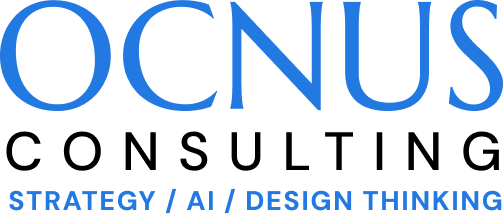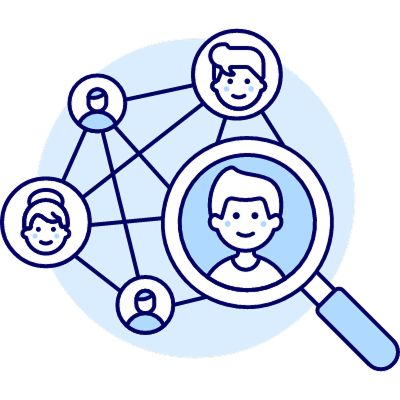
Innovative Design Thinking at OCNUS
Human-Centred Approach
Design Thinking is a methodology
for innovating, creating,
and
problem-solving.
The challenges might be commercial, organisational, or individual. It can be used to tackle existing obstacles and identify new opportunities.
Important decisions should always be based on knowledge and data. Design Thinking uses these metrics to understand and validate but works beyond the known facts to develop new initiatives.
Design Thinking harnesses the wisdom of crowds, creating a powerful “social technology”, as Jeanne Liedtka, one of the leaders in the field, describes it.
By focusing on empathy, Design Thinking identifies human factors that are sometimes missed or misunderstood. It is human-centred.
Design Thinking is flexible and adaptable but nevertheless methodical, with a proven record of delivering outstanding results. It is most valuable when dealing with complex situations.
In the modern world, many of our challenges are dynamic, multifaceted, and human-centred, and that’s where Design Thinking offers a uniquely effective approach.
The Three Stages of
Design Thinking
at
OCNUS
Discover | Design | Disrupt
In each stage, relevant techniques and approaches, which we refer to as Elements, give the method its problem-solving power.
1.
discover
Understanding human needs and challenges
-
Create a prototype and take it out into the world.
-
Collect and process quantitative and qualitative information.
-
Launch a “beta test”, and learn and iterate.
2.
disrupt
Generating creative, user-centred solutions
-
Think laterally.
Be creative.
Brainstorm.
-
Collaborate with the team to choose the best ideas.
-
What will you try first?
How will you test it?
3.
deliver
Prototyping, testing, and refining for real-world impact
-
What do we know?
What do we need to know?
-
Who are the people involved?
Empathy: how do they feel?
-
What is it we want to create?
What are the questions needing answers?
Design Thinking is not a substitute for analysis and rigorous examination.
Instead, it facilitates creative ways of working that encourage innovation and improve performance in measurable ways.




